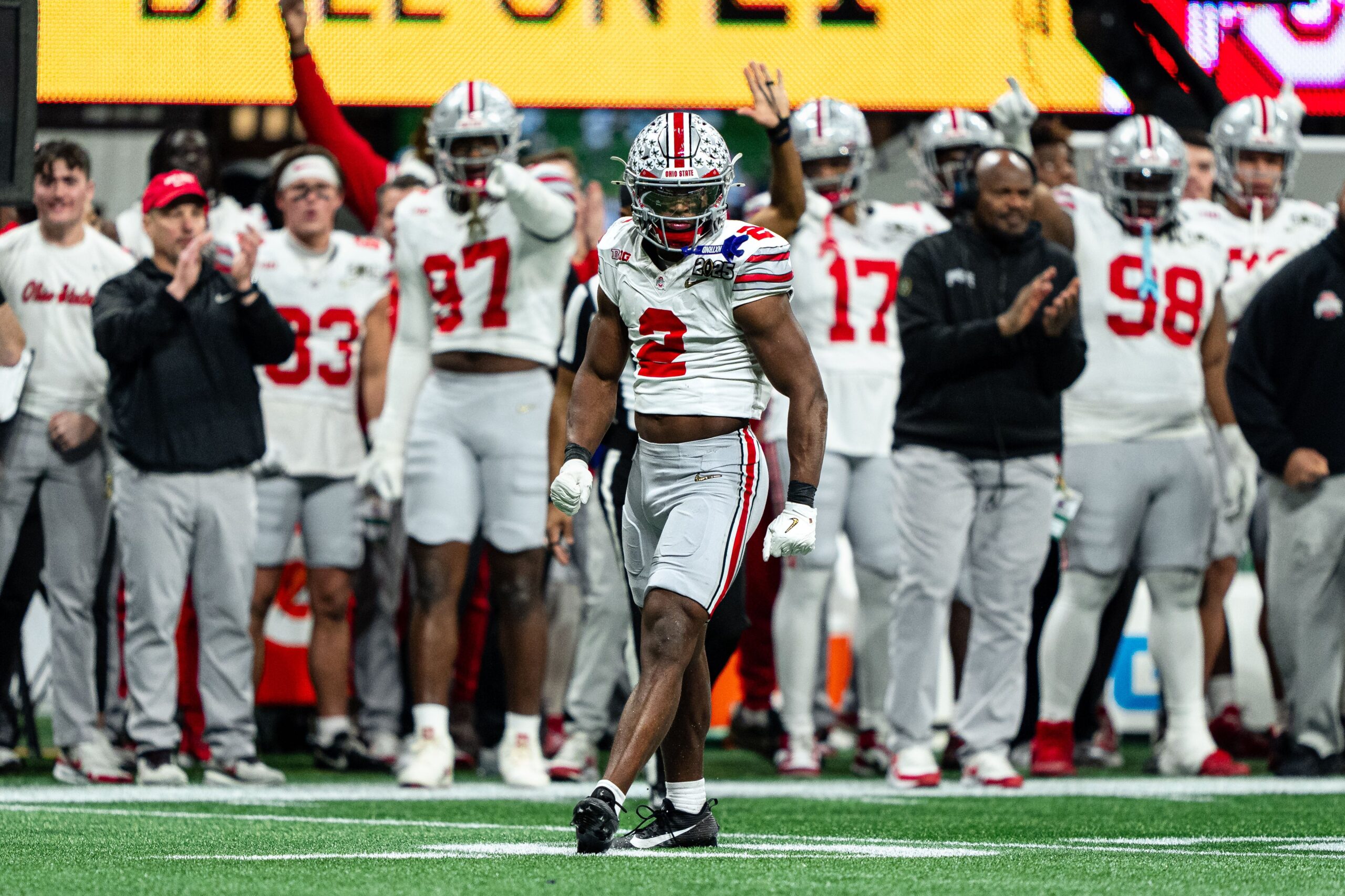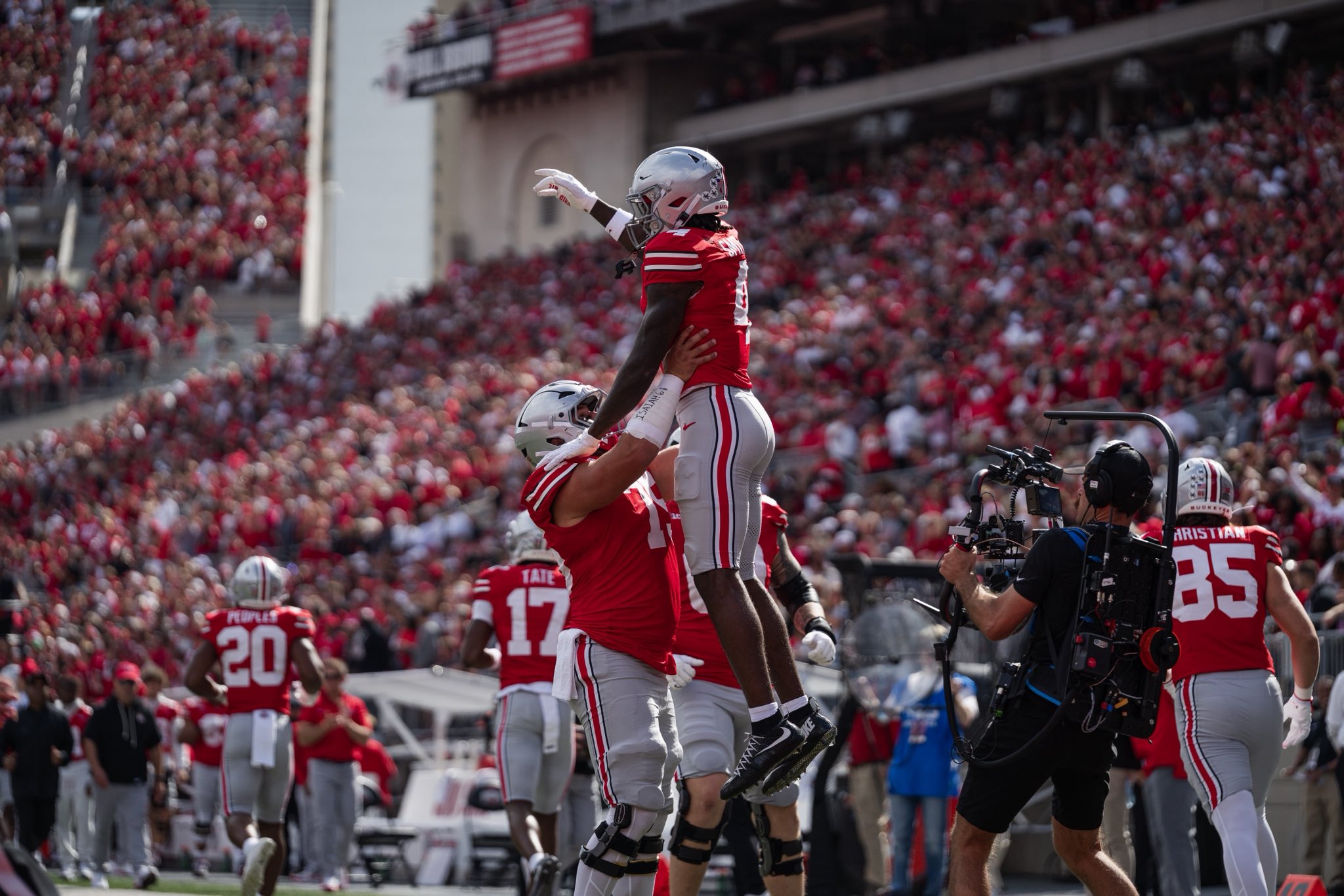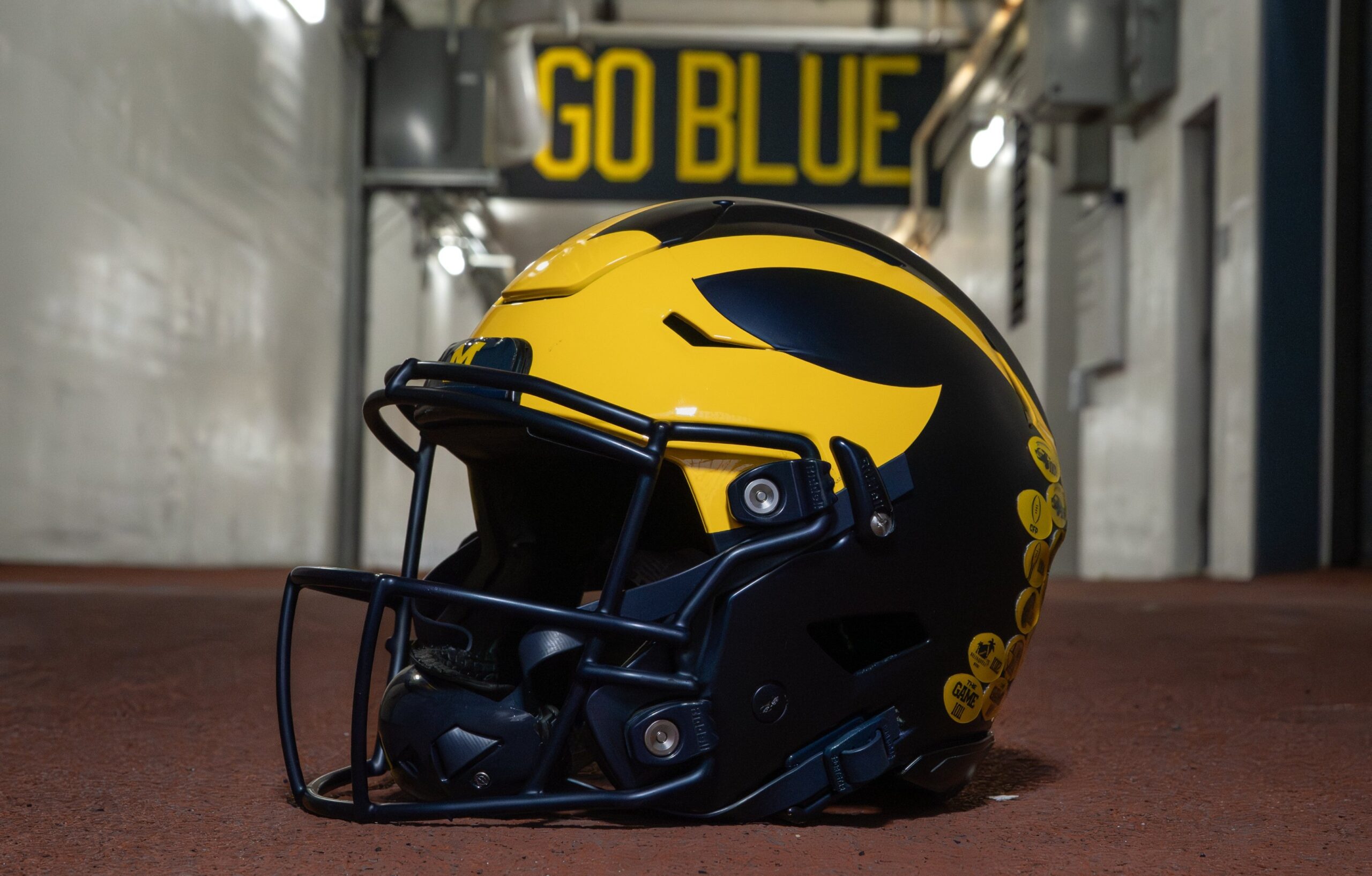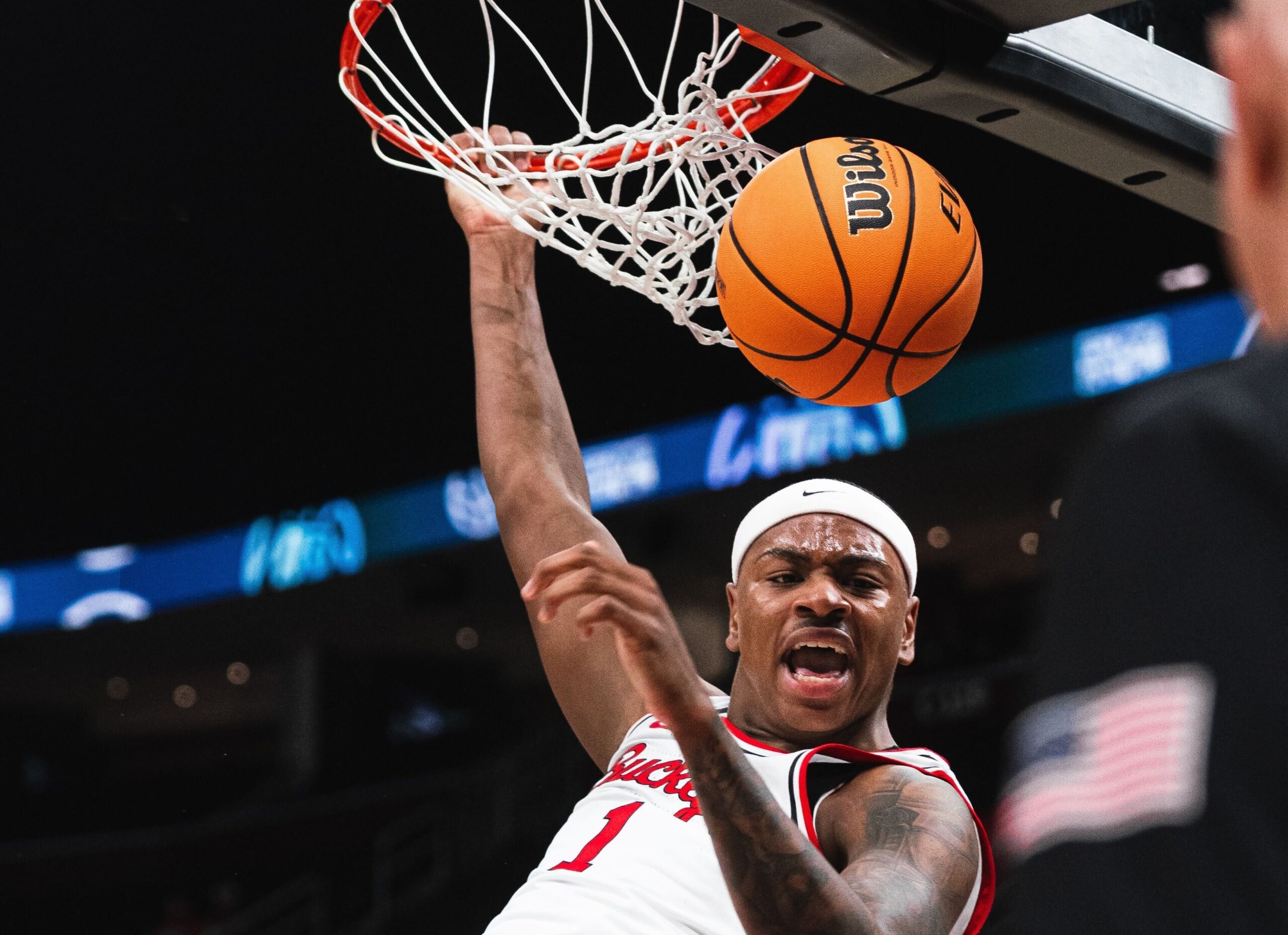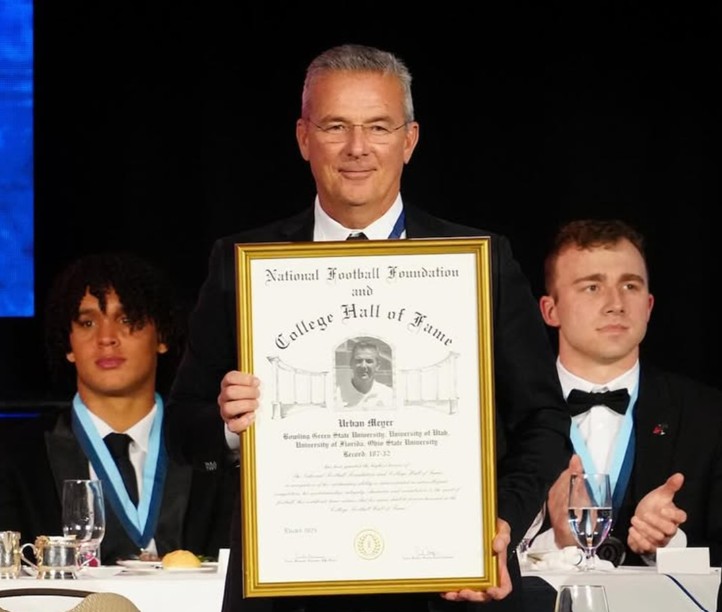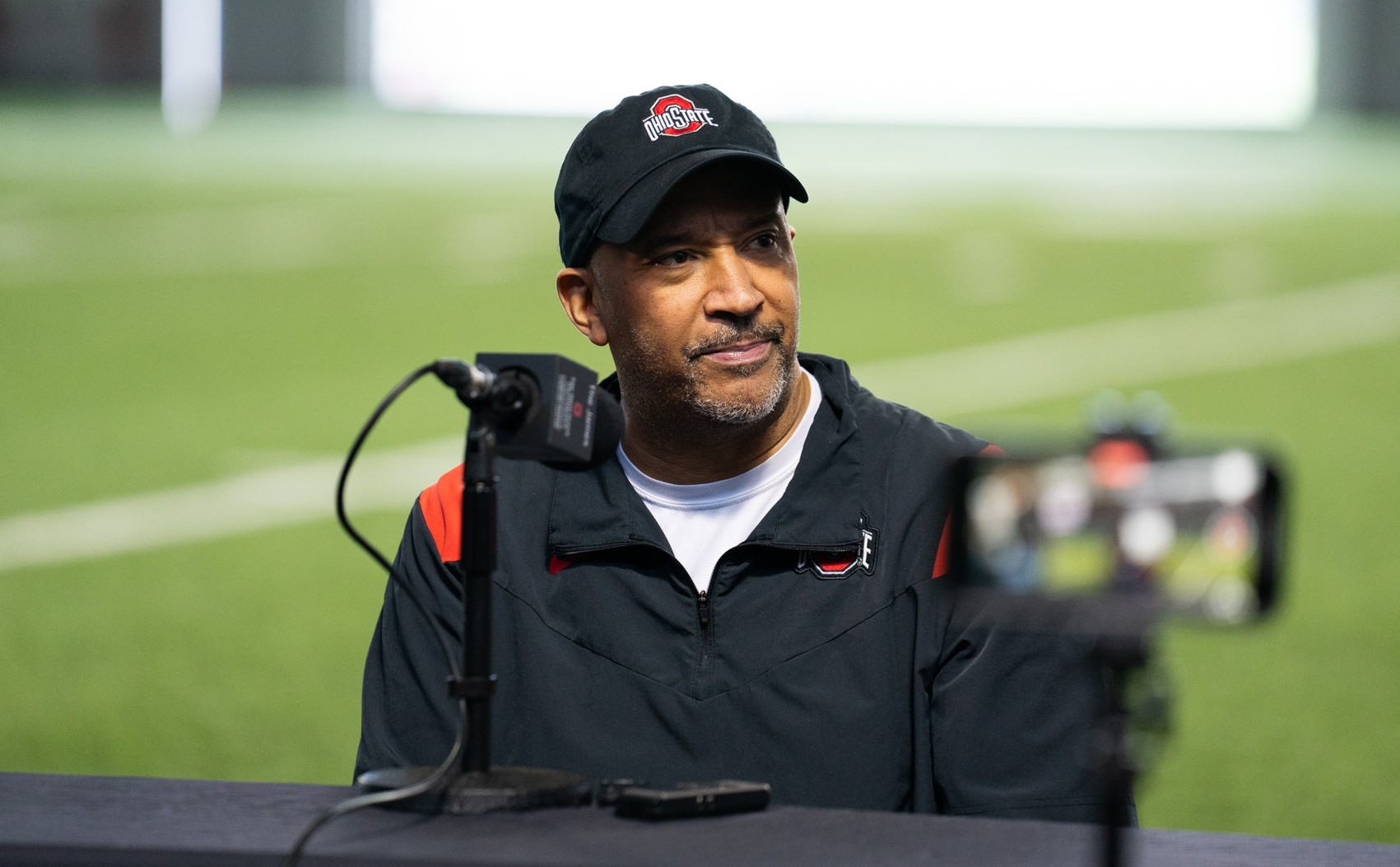
As spring practice nears its conclusion, Ohio State’s secondary continues to take shape under defensive backs coach Tim Walton. Walton addressed the media earlier this week, providing insight into the development of his players and the key factors that will determine their roles heading into the fall.
One of the primary focuses of spring ball has been evaluating how players handle the vast amount of information being thrown at them. Walton emphasized that while some young players are making solid progress, there’s still plenty of room for growth. “He’s doing a solid job, still learning, still growing,” Walton said of freshman Devin Sanchez. “We’ve got two weeks left to see how well he can finish strong with processing all the information.”
Rather than expecting immediate impact from newcomers like Sanchez, Walton prefers to assess players over a longer period, ensuring they can maintain consistency and handle the mental side of the game. He stressed the importance of competition and mental processing, as Ohio State’s offense presents a significant challenge in practice. “Can you process all this stuff and have functional intelligence on the field?” Walton asked. “Some guys can go for a short period of time, but can we still be doing it two weeks from now?”
A standout this spring has been Aaron Scott, who has made significant strides since last year. Walton praised his ability to process the game more effectively, as well as his competitiveness. “He’s touching the ball more, getting his hands on it, and you can see it in his play. He has confidence and he’s doing a nice job.” Walton’s philosophy of fostering competition remains at the forefront of his coaching, pushing players to embrace the challenge rather than shy away from it.
Versatility has also been a major theme in Walton’s approach, with players moving between positions to gauge their adaptability. Jaylen McClain is one such example, showing his experience and football IQ after playing significant snaps last season. “McClain’s played a lot of football around here,” Walton noted. “Even when he wasn’t a full-time starter, he was always in the rotation.” The ability to handle multiple positions is increasingly vital, given the NCAA’s roster size adjustments. “We try to teach position flexibility anyway,” Walton said. “You’ve got to have guys that can move around.”

The nickel position remains a focal point, with Lorenzo Styles Jr. continuing to develop as he transitions into the role. Walton acknowledged that while he’s still learning, his work ethic and competitive spirit are driving his progress. Meanwhile, Jermaine Mathews Jr. is also rotating into the nickel spot as part of Walton’s effort to evaluate multiple players in different roles. “We try to move guys around and see who can handle all the different moving parts that we have,” Walton explained.
For young players, the challenge is in adjusting to the speed of the college game. Walton noted that the biggest hurdle for them is processing formations, coverages, and personnel groupings at a high level. He remains encouraged by their progress, emphasizing that the spring is about laying the foundation. “It’s musical chairs. No one cares that you’re young. They’re throwing the ball over there in game time, so you’ve got to grow up fast.”

The competitive nature of Ohio State’s secondary is reinforced by the daily battles against what Walton called “the best receiving group in the country.” That level of competition forces young defensive backs to elevate their play quickly, making spring ball a crucial time for development. For players like Myles Walker who recently had his black stripe removed, the key has been a sense of urgency and excelling in special teams, which creates more opportunities down the line.
As spring practices wind down, Walton and his staff will continue evaluating how well players sustain their performances. With training camp still ahead, the battle for playing time in the secondary is far from settled. What is clear, however, is that competition will remain the driving force in determining who emerges as a key contributor this fall.


